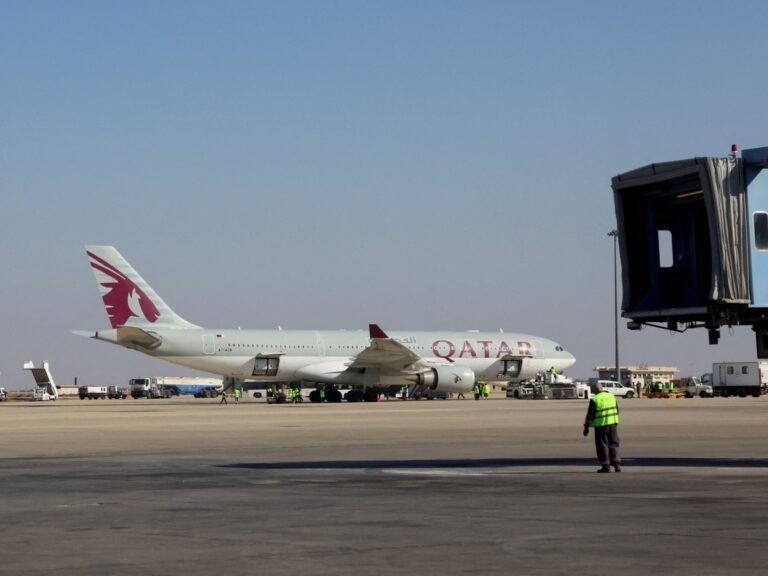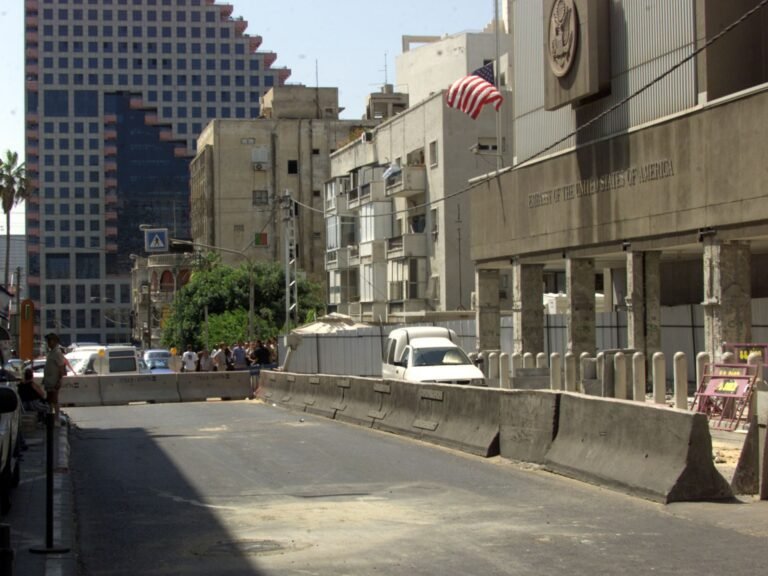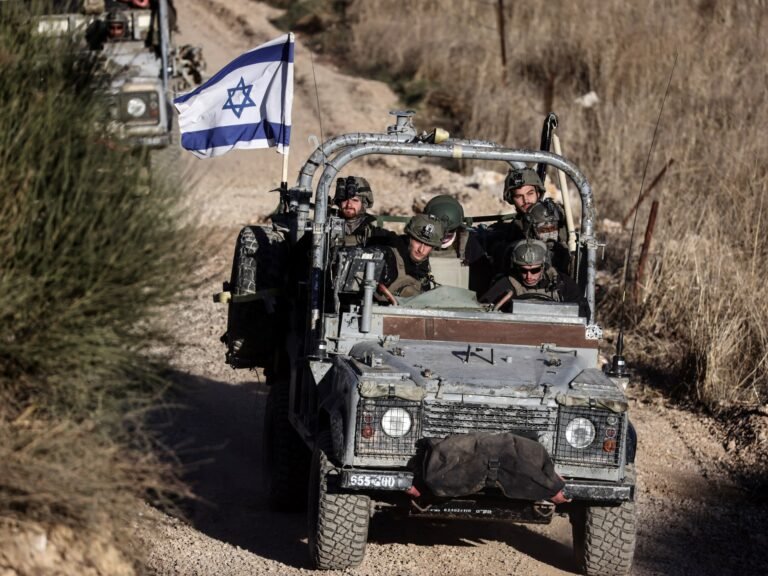Grensconflicten tussen Libanon en Syrië weerspiegelen nieuwe realiteiten
Clashes along the Lebanon-Syria border reflect new realities on the ground
Recent clashes along the Lebanon-Syria border have involved the armies of both nations and pose a significant threat to the state-building efforts of both governments. A ceasefire agreement was reached on March 17, bringing a temporary halt to the violence.
Experts suggest that these clashes are indicative of a shifting landscape, with the influence of both Bashar al-Assad and Hezbollah appearing to wane. Following Hezbollah’s intervention in the Syrian war, the group had established authority on both sides of the border. However, the collapse of Assad’s regime has disrupted key supply routes for Hezbollah, intensifying the struggle for control.
The Lebanon-Syria border spans 375 kilometers and remains largely undemarcated, making it a hotspot for smuggling activities. The rugged terrain and historical absence of a strong Lebanese state have allowed for illicit activities to thrive, particularly in the areas where recent clashes occurred.
According to analysts, the once-blurred lines of the border have become increasingly contentious since the onset of the Syrian war. Hezbollah has expanded its reach into Syria through various networks, which has facilitated both legitimate and illegitimate cross-border activities.
On the Syrian side, the 4th Armoured Division has reportedly collaborated with crime syndicates in Lebanon to facilitate smuggling operations. These syndicates, often led by influential tribal leaders, have historically aligned with Hezbollah, sharing mutual interests.
As new governments take power in Lebanon and Syria, there is increasing pressure to demarcate the border, a move that could disrupt existing smuggling routes. This shift is viewed as a significant power struggle not only between criminal syndicates but also in relation to state forces as they expand their influence in both countries.
The recent violence reignited on March 15 after the killing of three Syrian soldiers, with conflicting narratives surrounding their deaths. While Syria’s interim government accused Hezbollah of the ambush, Hezbollah denied any involvement, asserting that they have no connection to the events transpiring within Syrian territory.
The clashes have resulted in casualties on both sides, with seven Lebanese citizens and ten Syrian soldiers reported dead, alongside numerous injuries. In response to the escalating violence, Lebanese President Joseph Aoun dispatched troops to the border region, instructing them to engage if necessary.
As the state reasserts its presence in both Lebanon and Syria, the dynamics at the border could pose a challenge for Hezbollah, which has traditionally benefited from the chaos. Experts note that the group’s influence is diminishing, particularly after significant losses during recent conflicts.
In conclusion, the current situation at the Lebanon-Syria border reflects a complex interplay of power, influence, and shifting allegiances as both nations navigate their evolving political landscapes.







